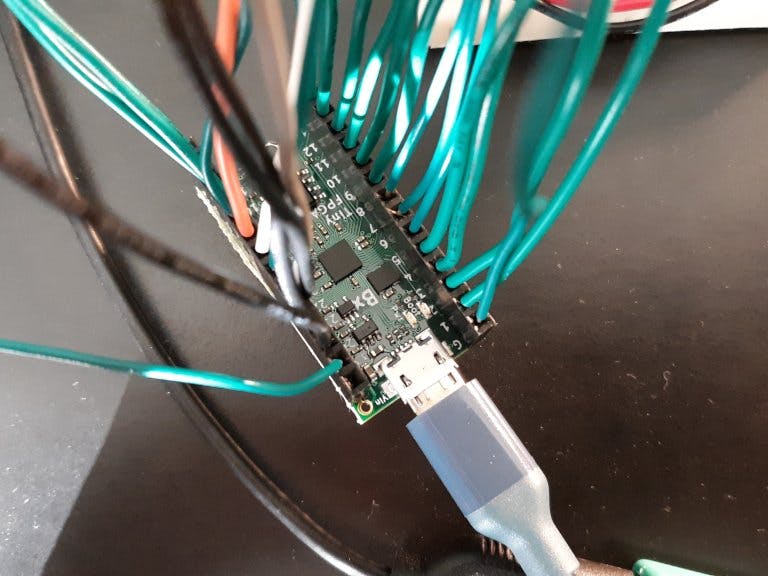This FPGA ROM emulator dramatically speeds software development time on computers with ROM-based storage. It will simulate any 28c256-compatible ROM chips.
Typically, the process to load new code involves powering down the computer, physically removing the ROM, placing the ROM in a programmer, flashing the code, then returning the ROM to the computer and powering it back up. This process is very time consuming and cumbersome when testing frequent, minor changes to the code, or when debugging a problem.
This FPGA-based emulator can remain attached to the computer and be reprogrammed in a few seconds without even powering the computer down. Just reprogram the emulator, then hit the CPU reset button to run the new code.
How It WorksRapidROM has a 15 bit address bus, 8 bit data bus, and a chip enable signal. Connect the address input lines to your computer's address bus. Similarly, connect the data output lines to your computer's data bus (data lines are set to high impedance when chip enable is high). Connect the chip enable pin to the ROM chip enable line (active low).
When an address is put on the address bus, and the chip enable is low, RapidROM will put the corresponding data value on the data bus within 40 nanoseconds.
Loading Simulated ROM ContentsA convenience script (build.sh) is included that will compile a 6502 assembly file with DASM, then output (via bytes_list.py) a comma-delimited list of byte values representing the program. The list of bytes is inserted at the top of bram_generator.py which outputs BRAM initialization code to store your program in FPGA memory. Copy and paste this output into top.v after the // Insert BRAM definitions after this point. comment line. Flash the TinyFPGA with top.v and the new program is ready to run.
You can optionally use test_emulator.py to validate your RapidROM installation with a Raspberry Pi or similar. It will test every address and validate the expected result against the actual result.
MediaRapidROM:
RapidROM with level shifters:
RapidROM attached to Vectron 65 computer:
- 1 x TinyFPGA BX
- Depending on voltage levels of computer, you may need logic level shifters (TinyFPGA operates at 3.3V)
- Miscellaneous wires











Comments
Please log in or sign up to comment.